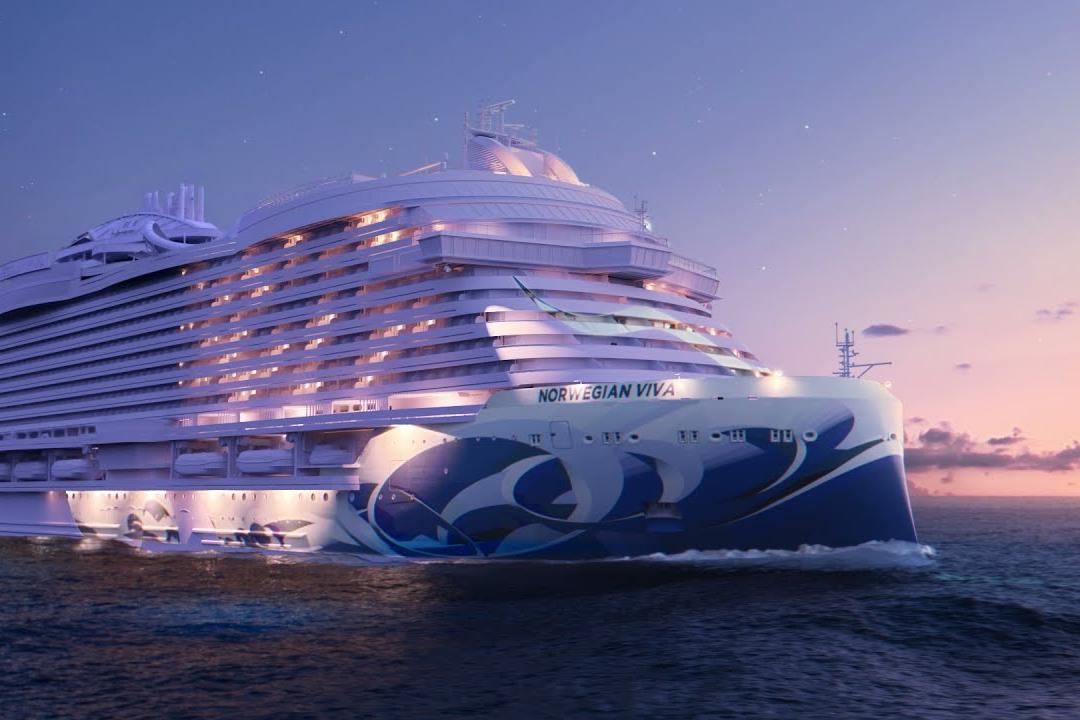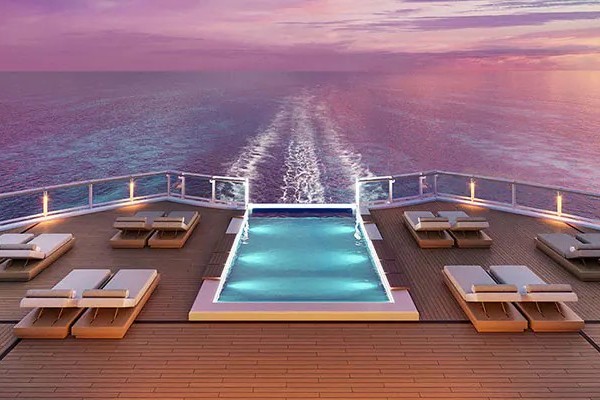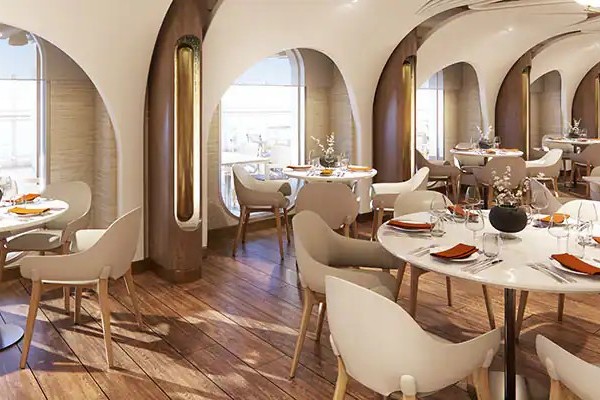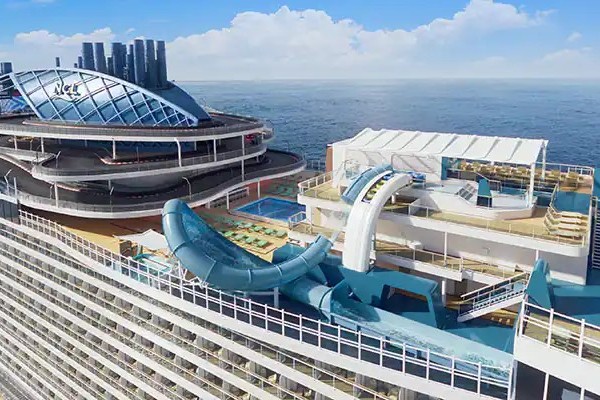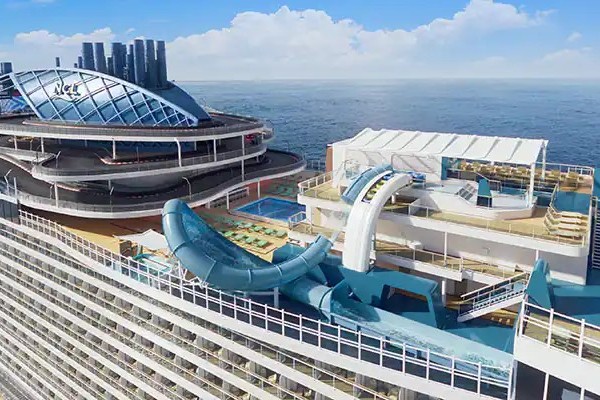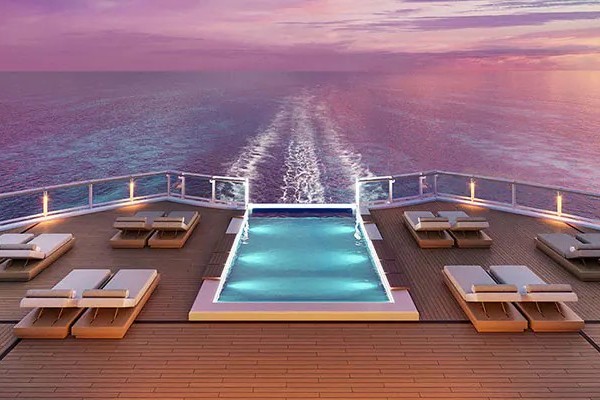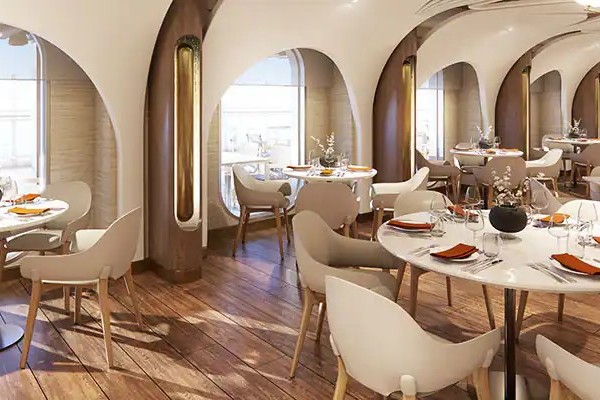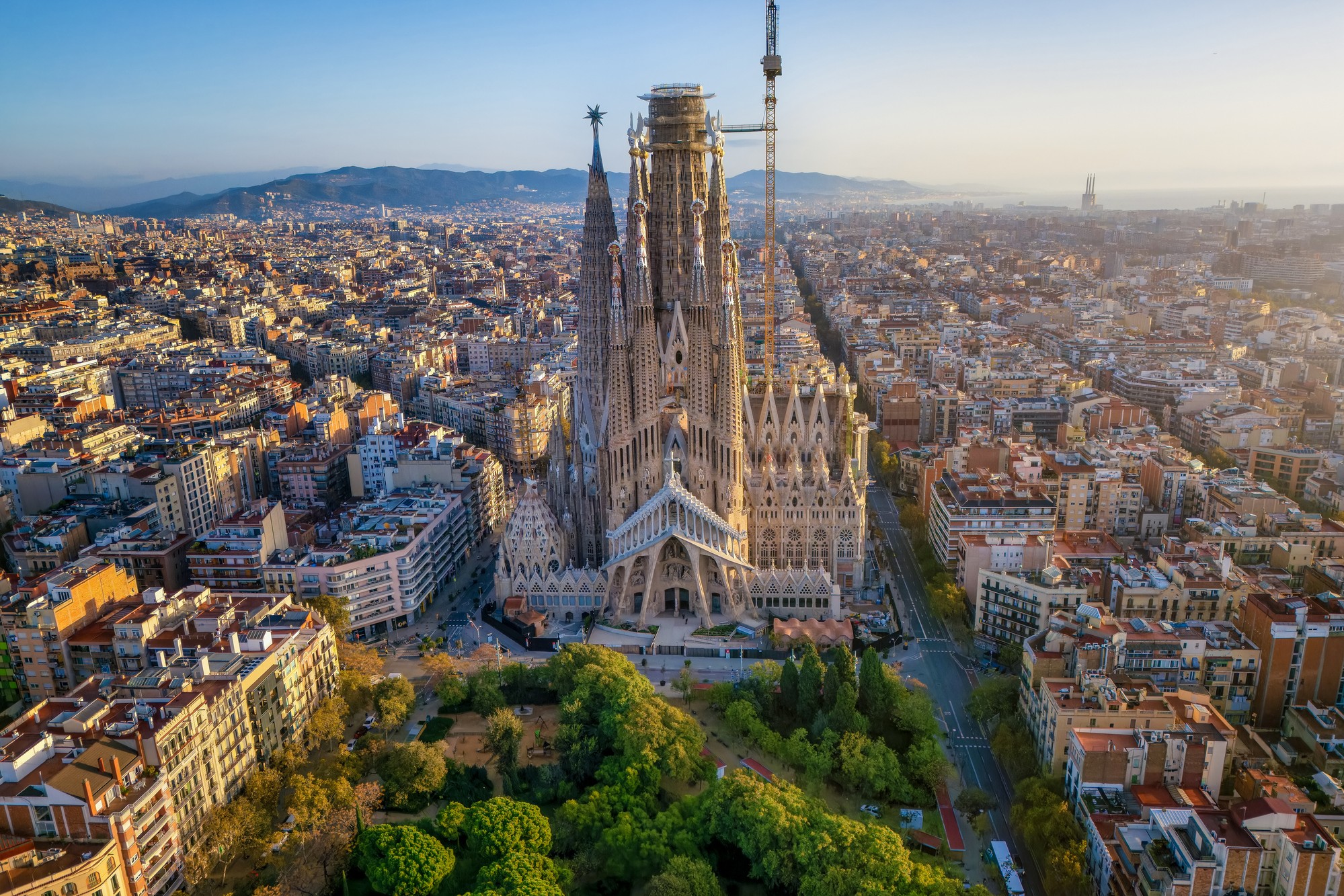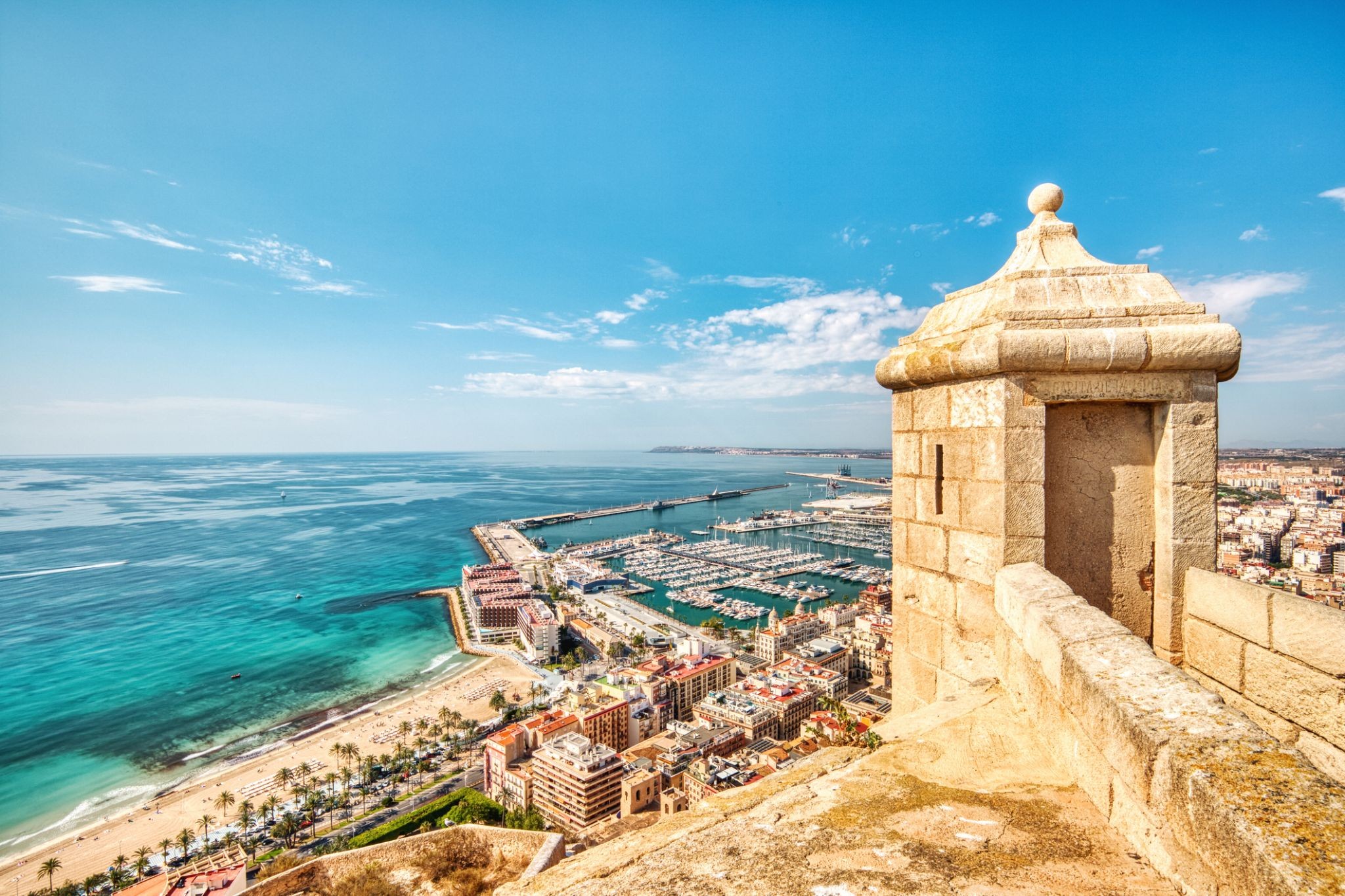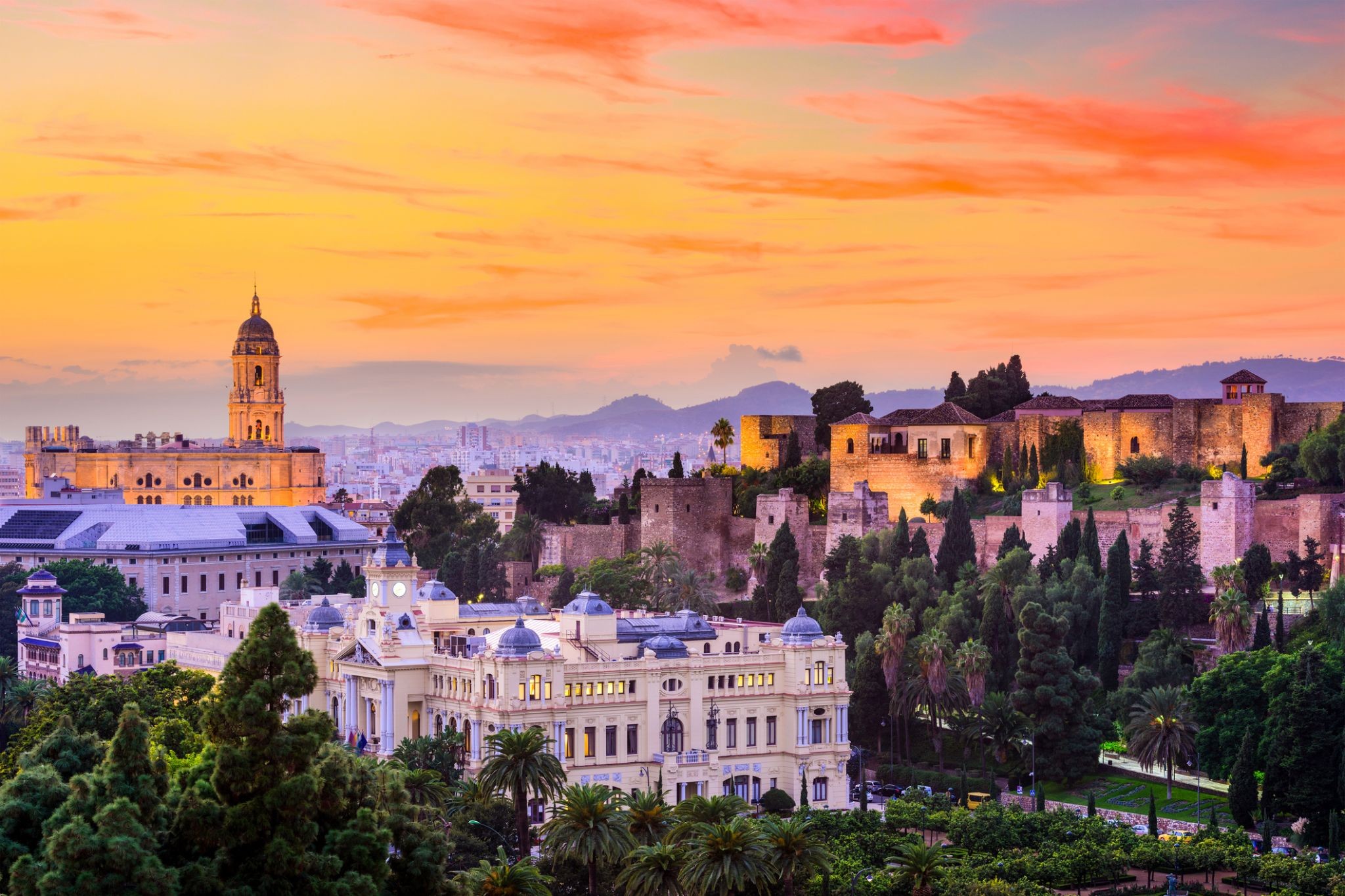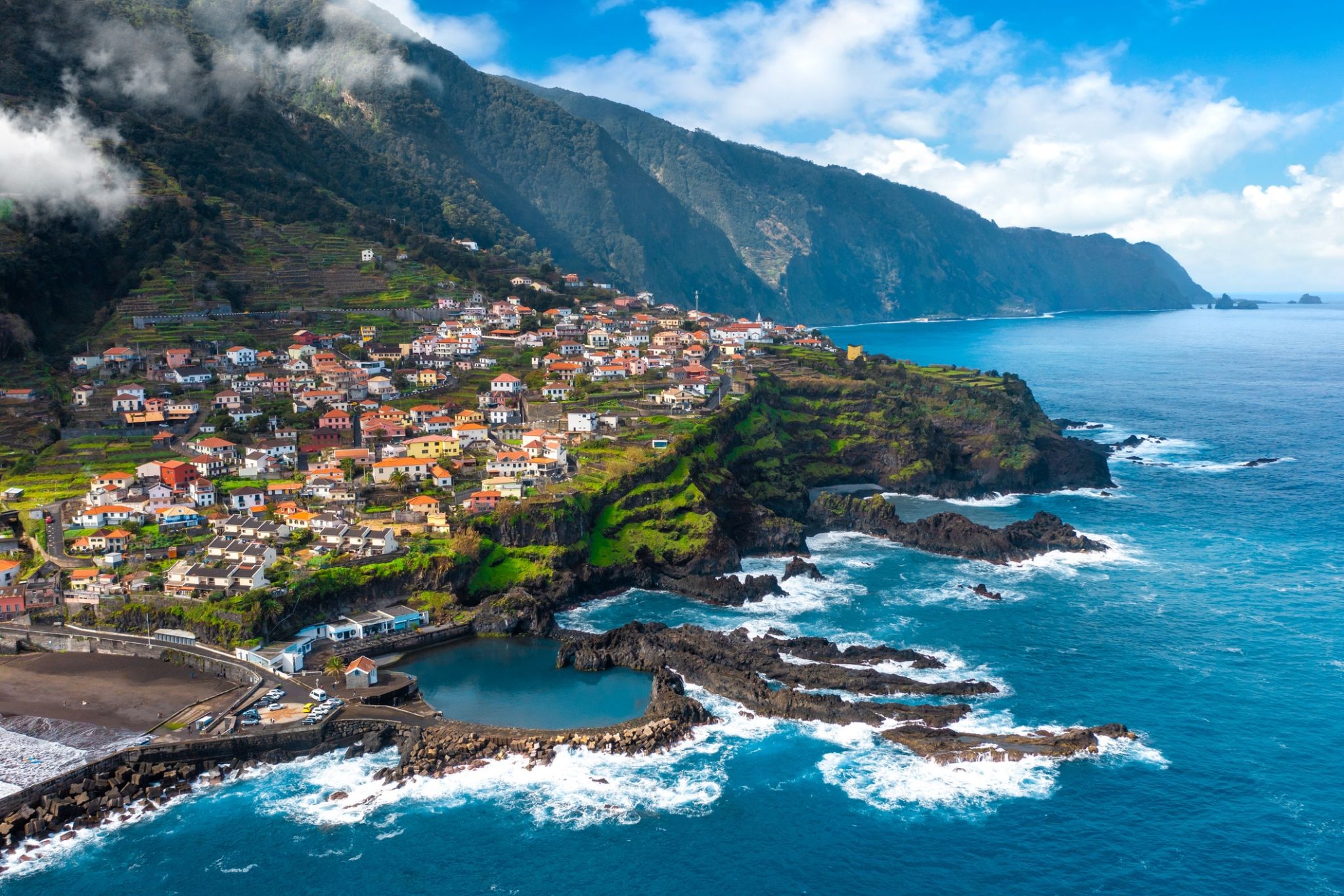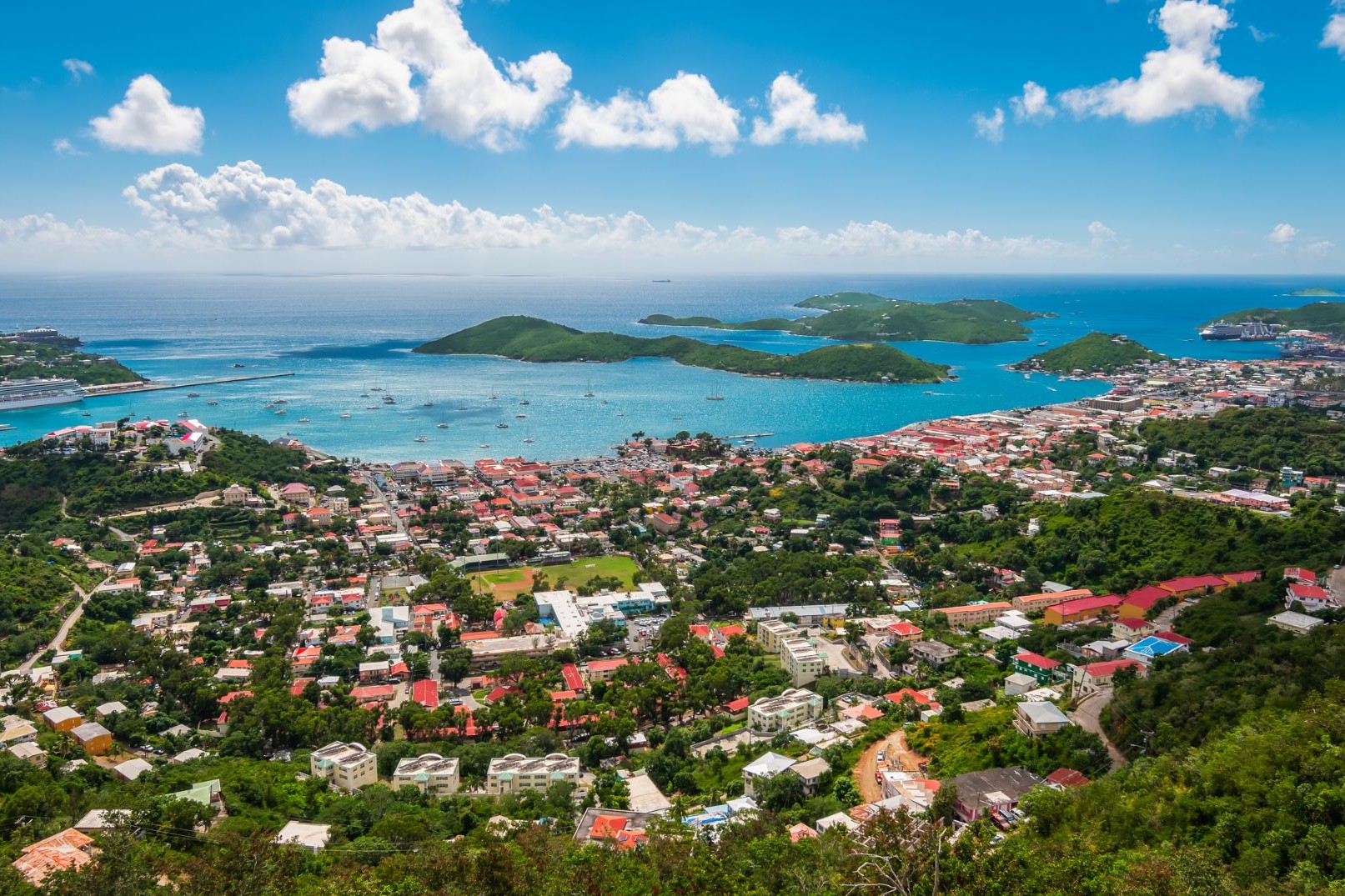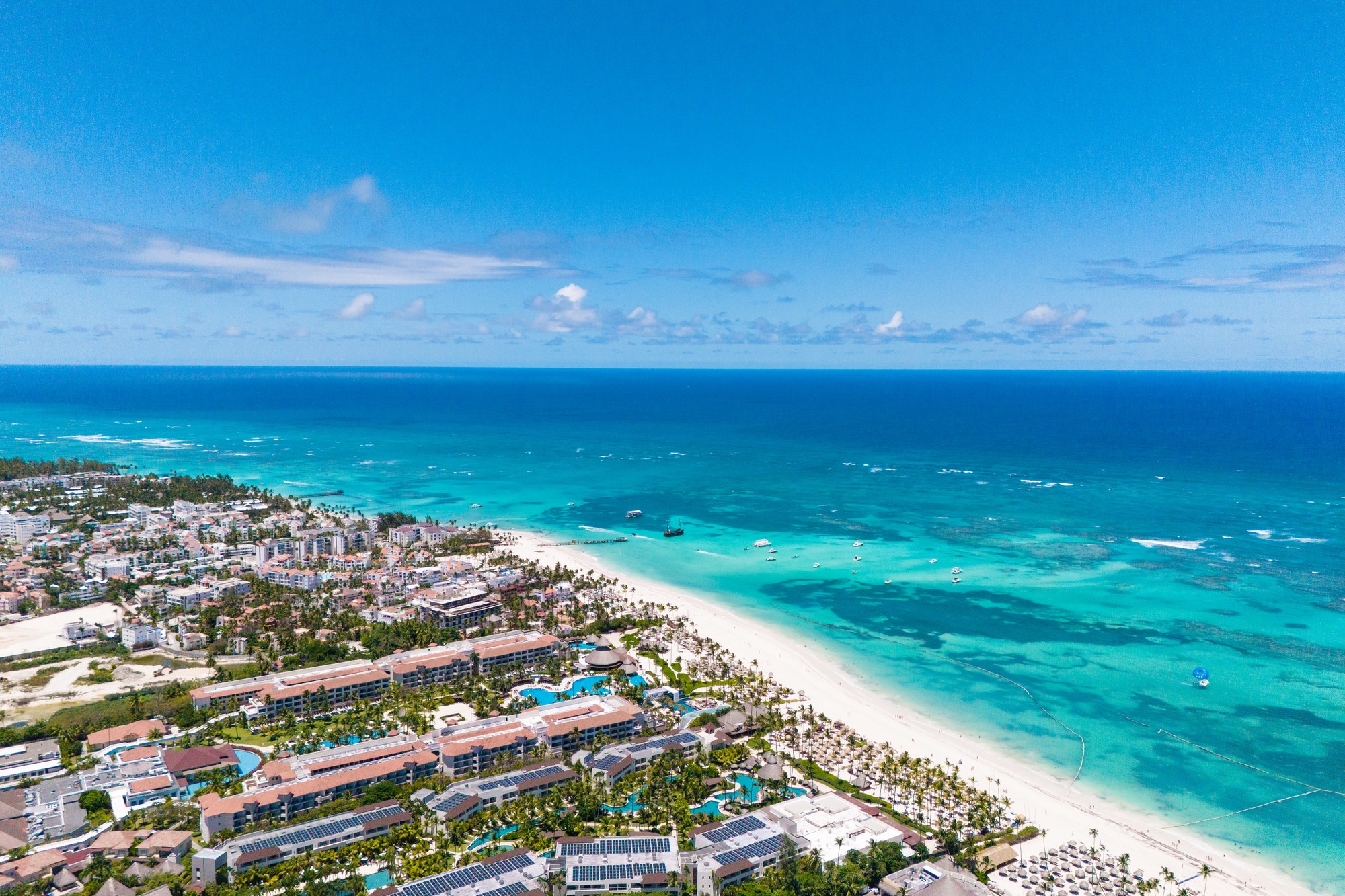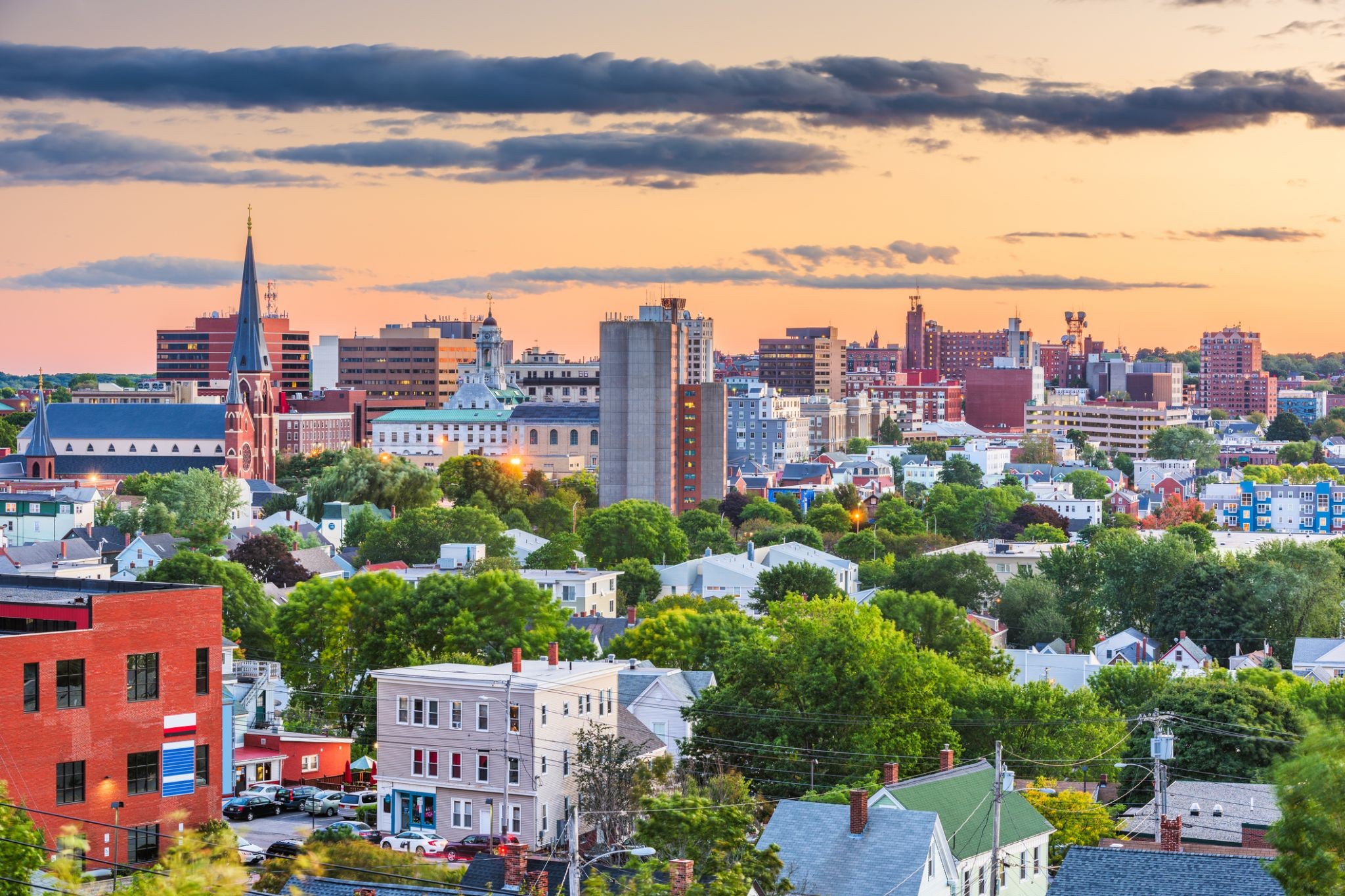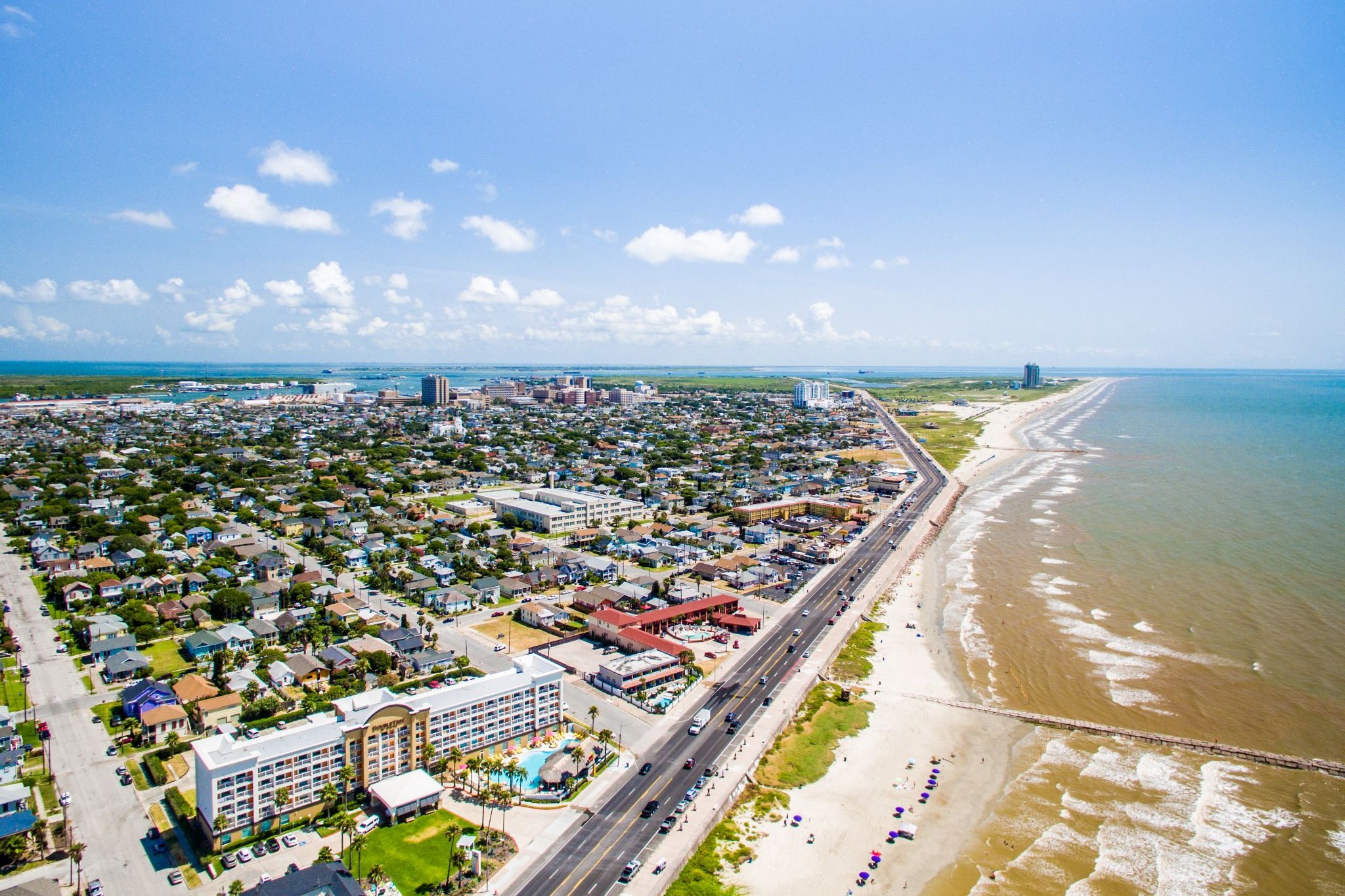Rejs 30 939 331
Repo - Transatlantyckie
| Region rejsu : Rejsy transatlantyckie, Morze Śródziemne |
| Firma : Norwegian Cruise Lines |
| Statek : Norwegian Viva |
| Data rozpoczęcia : śr. 14 paź 2026 |
| Data zakończenia : sob. 31 paź 2026 |
| Liczba nocy : 17 nocy |
Harmonogram
| Dzień | Data | Port | Wypłynięcie | Odpłynięcie |
|---|---|---|---|---|
| 1 | 14.10 śr. | Barcelona / Hiszpania | 16:00 | |
| 2 | 15.10 czw. | Alicante / Hiszpania | 07:00 | 15:30 |
| 3 | 16.10 pt. | Malaga / Hiszpania | 07:00 | 18:00 |
| 4 | 17.10 sob. | Dzień na morzu / Morze | ||
| 5 | 18.10 niedz. | Madera / Portugalia | 07:00 | 13:00 |
| 6 | 19.10 pon. | Dzień na morzu / Morze | ||
| 7 | 20.10 wt. | Dzień na morzu / Morze | ||
| 8 | 21.10 śr. | Dzień na morzu / Morze | ||
| 9 | 22.10 czw. | Dzień na morzu / Morze | ||
| 10 | 23.10 pt. | Dzień na morzu / Morze | ||
| 11 | 24.10 sob. | Dzień na morzu / Morze | ||
| 12 | 25.10 niedz. | Charlotte Amalie, ks. Święty Tomasz / Wyspy Dziewicze | 07:00 | 16:00 |
| 13 | 26.10 pon. | Punta Cana / Dominikana | 08:00 | 17:00 |
| 14 | 27.10 wt. | Cabo Rojo / Czerwona peleryna | 07:00 | 17:00 |
| 15 | 28.10 śr. | Portland / USA | 07:00 | 16:00 |
| 16 | 29.10 czw. | Dzień na morzu / Morze | ||
| 17 | 30.10 pt. | Dzień na morzu / Morze | ||
| 18 | 31.10 sob. | Galveston / USA | 08:00 |
- zakwaterowanie w 2-os. kabinie wybranej kategorii (cena zależy od położenia kabiny na pokładzie)
- serwis bagażowy podczas wejścia i zejścia ze statku
- serwis kabinowy (np. śniadanie w kabinie)
- 3 posiłki dziennie i przekąski między posiłkami
- napoje z dystrybutorów (woda, herbata, kawa, mleko, soki)
- korzystanie ze wszystkich urządzeń sportowo - rekreacyjnych znajdujących się na pokładzie statku (baseny, jacuzzi, boiska sportowe itp.)
- udział we wszystkich imprezach organizowanych na statku (przedstawienia w teatrze, koncerty, kino, pokazy, animacje itp.)
- opłaty portowe
- dojazdu do/z portu rozpoczęcia i zakończenia rejsu
- transferów (lotnisko/port/hotel)
- ewentualnych dodatkowych noclegów przed rejsem lub po rejsie
- kosztu wycieczek fakultatywnych
- posiłków w restauracjach specjalistycznych
- wydatków osobistych (fryzjer, pralnia, SPA fotograf, internet, telefon itp.)
- service charges (ok. 16-20 USD; 13,50-17 euro)/os./noc
- ubezpieczenia turystycznego
- kosztu wymaganych wiz
Payment Terms
To confirm your booking, a minimum deposit of 20% of the trip cost is required.
Final payment must be made no later than 90 days before the cruise departure.
The deposit or full payment must be made immediately after the booking is created, according to the payment terms. Payment can be made by invoice or using the following credit cards: American Express, MasterCard, and Visa. When paying by card, we require the following details: card number, cardholder's name, card expiration date, cardholder's postcode, and the three-digit security code on the back of the card.
Cruise Cancellation Policy
Period Before Departure Cancellation Fee
More than 29 days 20%
28 - 15 days 50%
14 - 8 days 75%
7 days or less+ 95%
The following cancellation fees will apply for confirmed Cruisetours packages:
Period Before Departure Cancellation Fee
More than 29 days 20%
28 days less+ 95%
-
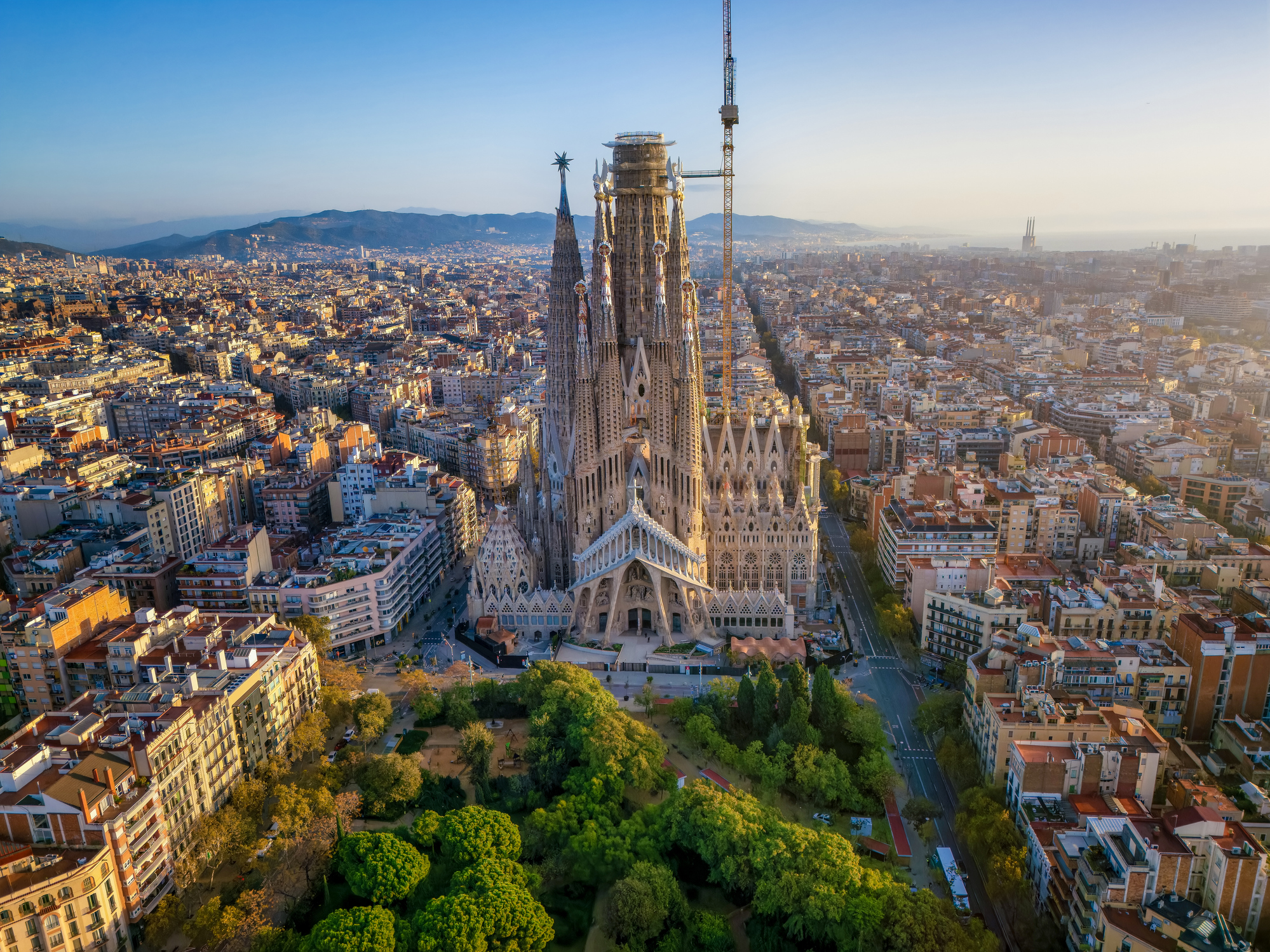 Dzień 1: 16:00
Dzień 1: 16:00Barcelona / Hiszpania
Mając reputację jednego z najatrakcyjniejszych miast w Europie, Barcelona świętuje swoją rolę stolicy Katalonii. Kosmopolityczna i międzynarodowa atmosfera miasta sprawia, że jest to ulubione miejsce wielu ludzi na całym świecie. Miasto jest szczególnie znane ze swojej architektury i sztuki – podróżnicy z całego świata przybywają, aby zobaczyć słynną Sagrada Familia i inne modernistyczne zabytki zaprojektowane przez Gaudiego.
Barcelona to miasto z licznymi i oryginalnymi możliwościami spędzania czasu wolnego, które sprawiają, że chcesz tu wracać. Położona na wybrzeżu Morza Śródziemnego Barcelona słynie z arcydzieł Gaudiego i architektury secesyjnej: jest jednym z najbardziej stylowych miast europejskich.
Miasto jest ośrodkiem nowych trendów w świecie kultury, mody i gastronomii. Dopełnieniem kreatywności artystów i projektantów jest ostrożne podejście do tradycyjnych placówek. Barcelona łączy w sobie urok i spokój historycznego centrum z awangardowymi nowoczesnymi dzielnicami i intensywnym tempem życia w jednym z najczęściej odwiedzanych miast na świecie.
-
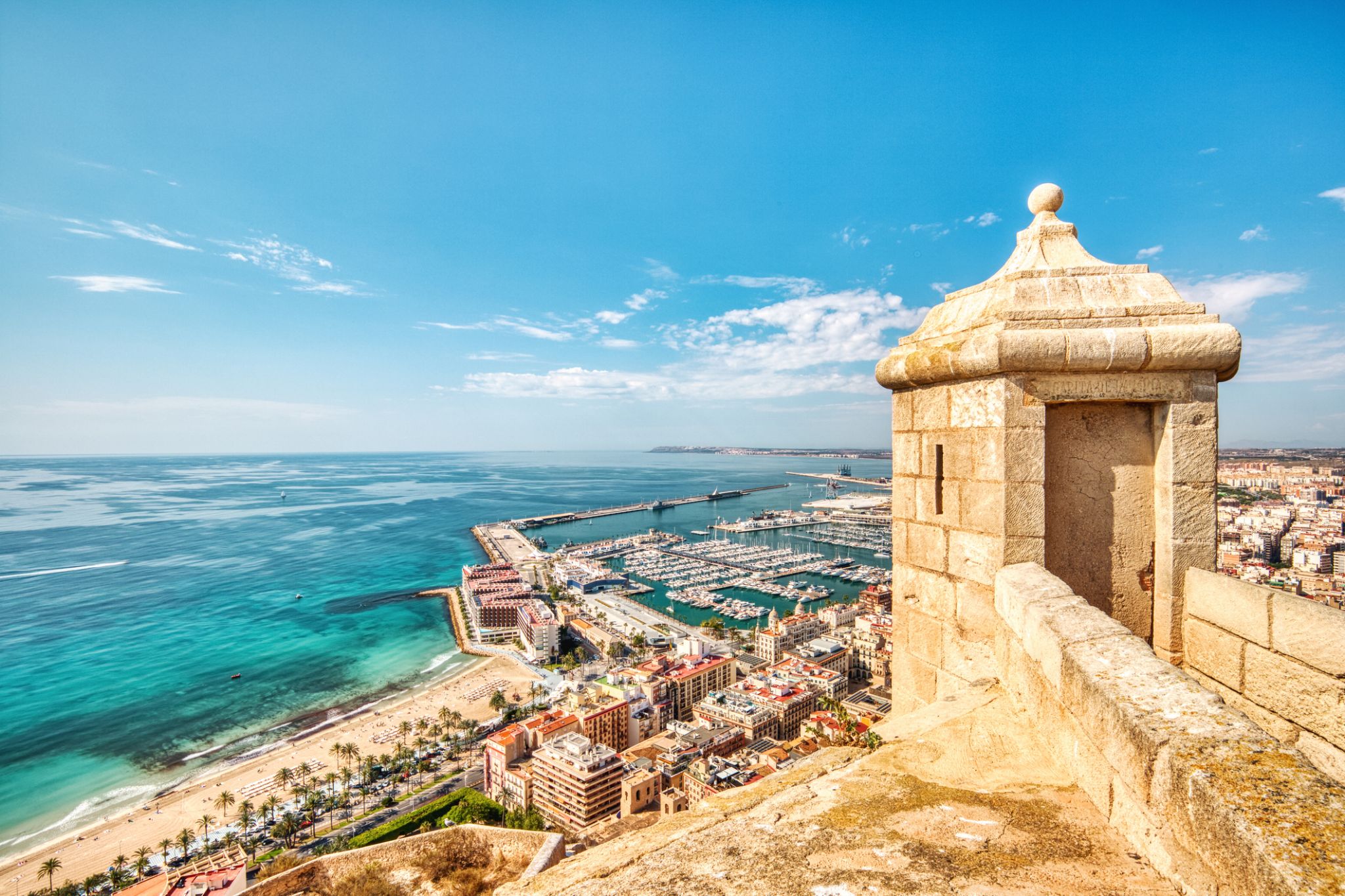 Dzień 2: 07:00-15:30
Dzień 2: 07:00-15:30Alicante / Hiszpania
Alicante, or Alacant , both the Spanish and Valencian being official names, is a city and port in Spain on the Costa Blanca, the capital of the province of Alicante and of the comarca of Alacantí, in the south of the Valencian Community. It is also a historic Mediterranean port. The population of the city of Alicante proper was 330,525, estimated as of 2016, ranking as the second-largest Valencian city. Including nearby municipalities, the Alicante conurbation had 452,462 residents. The population of the metropolitan area (including Elche and satellite towns) was 757,085 as of 2014 estimates, ranking as the eighth-largest metropolitan area of Spain.
-
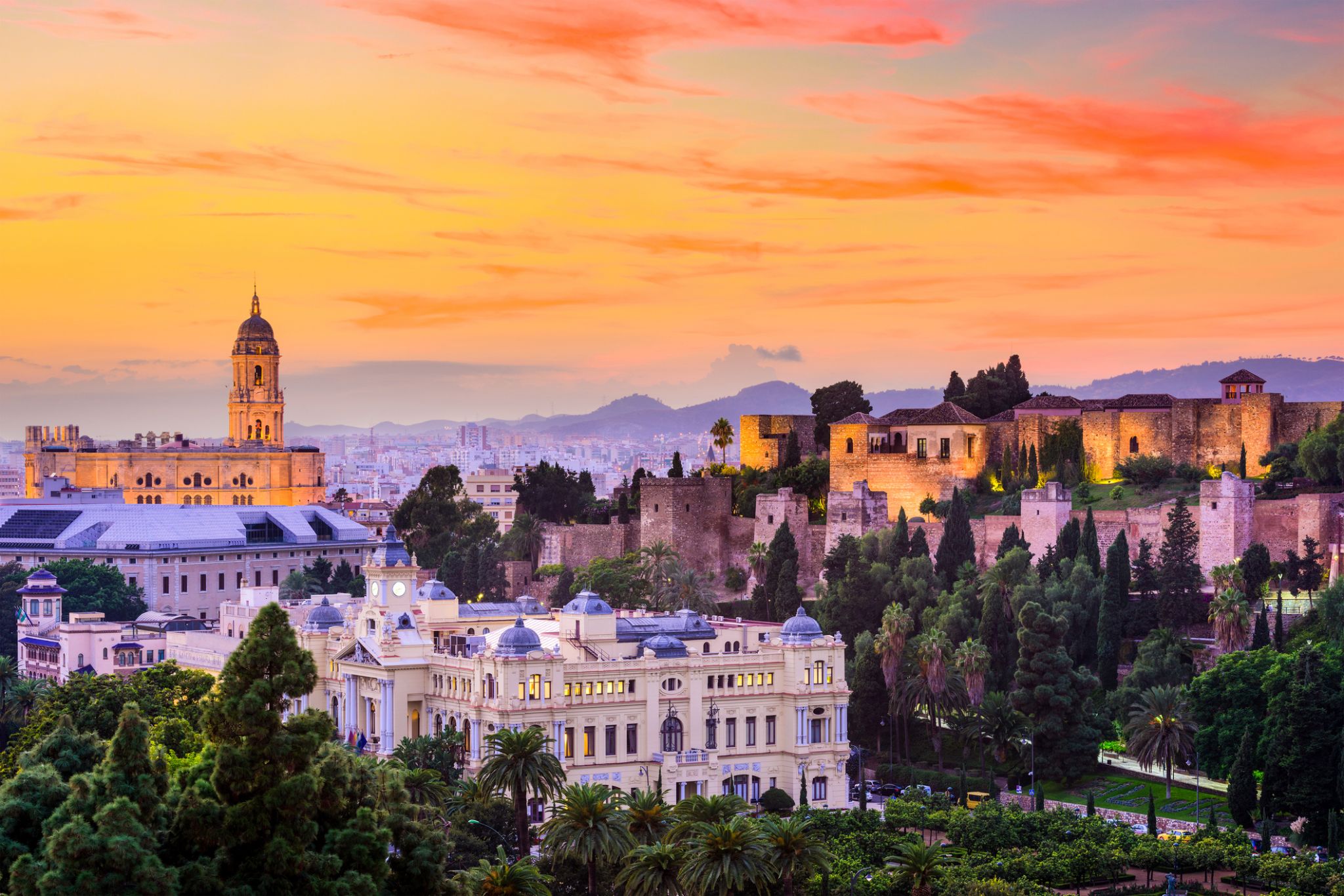 Dzień 3: 07:00-18:00
Dzień 3: 07:00-18:00Malaga / Hiszpania
Málaga is a municipality, capital of the Province of Málaga, in the Autonomous Community of Andalusia, Spain. With a population of 569,130 in 2015, it is the second-most populous city of Andalusia and the sixth-largest in Spain. The southernmost large city in Europe, it lies on the Costa del Sol (Coast of the Sun) of the Mediterranean, about 100 kilometres (62.14 miles) east of the Strait of Gibraltar and about 130 km (80.78 mi) north of Africa.
Málaga's history spans about 2,800 years, making it one of the oldest cities in the world. According to most scholars, it was founded about 770 BC by the Phoenicians as Malaka From the 6th century BC the city was under the hegemony of Ancient Carthage, and from 218 BC, it was ruled by the Roman Republic and then empire as Malaca (Latin). After the fall of the empire and the end of Visigothic rule, it was under Islamic rule as Mālaqah for 800 years, but in 1487, the Crown of Castille gained control after the Reconquista. The archaeological remains and monuments from the Phoenician, Roman, Arabic and Christian eras make the historic center of the city an "open museum", displaying its history of nearly 3,000 years.
This important cultural infrastructure and the artistic heritage have culminated in the nomination of Málaga as a candidate for the 2016 European Capital of Culture.
The painter and sculptor Pablo Picasso, Hebrew poet and Jewish philosopher Solomon Ibn Gabirol and the actor Antonio Banderas were born in Málaga. The magnum opus of Cuban composer Ernesto Lecuona, "Malagueña", is named after the music of this region of Spain.
The most important business sectors in Málaga are tourism, construction and technology services, but other sectors such as transportation and logistics are beginning to expand. The Andalusia Technology Park (PTA), located in Málaga, has enjoyed significant growth since its inauguration in 1992. Málaga is the main economic and financial centre of southern Spain, home of the region's largest bank, Unicaja, and the fourth-ranking city in economic activity in Spain behind Madrid, Barcelona and Valencia.
-
 Dzień 4:
Dzień 4:Dzień na morzu / Morze
-
 Dzień 5: 07:00-13:00
Dzień 5: 07:00-13:00Madera / Portugalia
Madeira, officially the Autonomous Region of Madeira, is one of the two autonomous regions of Portugal (along with the Azores). It is an archipelago situated in the north Atlantic Ocean, southwest of Portugal. Its total population was estimated in 2011 at 267,785. The capital of Madeira is Funchal, which is located on the main island's south coast.
The archipelago is just under 400 kilometres (250 mi) north of Tenerife, Canary Islands. Bermuda and Madeira, a few time zones apart, are the only land in the Atlantic on the 32nd parallel north. It includes the islands of Madeira, Porto Santo, and the Desertas, administered together with the separate archipelago of the Savage Islands. The region has political and administrative autonomy through the Administrative Political Statue of the Autonomous Region of Madeiraprovided for in the Portuguese Constitution. The autonomous region is an integral part of the European Union as an outermost region.
-
 Dzień 6:
Dzień 6:Dzień na morzu / Morze
-
 Dzień 7:
Dzień 7:Dzień na morzu / Morze
-
 Dzień 8:
Dzień 8:Dzień na morzu / Morze
-
 Dzień 9:
Dzień 9:Dzień na morzu / Morze
-
 Dzień 10:
Dzień 10:Dzień na morzu / Morze
-
 Dzień 11:
Dzień 11:Dzień na morzu / Morze
-
 Dzień 12: 07:00-16:00
Dzień 12: 07:00-16:00Charlotte Amalie, ks. Święty Tomasz / Wyspy Dziewicze
-
 Dzień 13: 08:00-17:00
Dzień 13: 08:00-17:00Punta Cana / Dominikana
Punta Cana to jeden z najpopularniejszych kurortów na Karaibach, położony na wschodnim krańcu Republiki Dominikany, gdzie Ocean Atlantycki łączy się z Morzem Karaibskim. Region ten słynie z niekończących się plaż z białym piaskiem oraz palmowych gajów rozciągających się wzdłuż wybrzeża. Dzięki całorocznemu ciepłemu klimatowi i rozbudowanej infrastrukturze hoteli all-inclusive, Punta Cana jest ulubionym celem podróży par, rodzin i osób poszukujących tropikalnego luksusu.
Oprócz plaż Punta Cana oferuje wiele atrakcji: nurkowanie przy rafach koralowych, spływy kajakowe, zjazdy na linie przez tropikalne lasy oraz wycieczki do pobliskiego parku ekologicznego Indigenous Eyes z krystalicznie czystymi lagunami. Międzynarodowe lotnisko znajduje się w pobliżu, co zapewnia łatwy dojazd. Punta Cana to doskonałe miejsce na połączenie relaksu i przygody w otoczeniu natury i dominikańskiej gościnności.
-
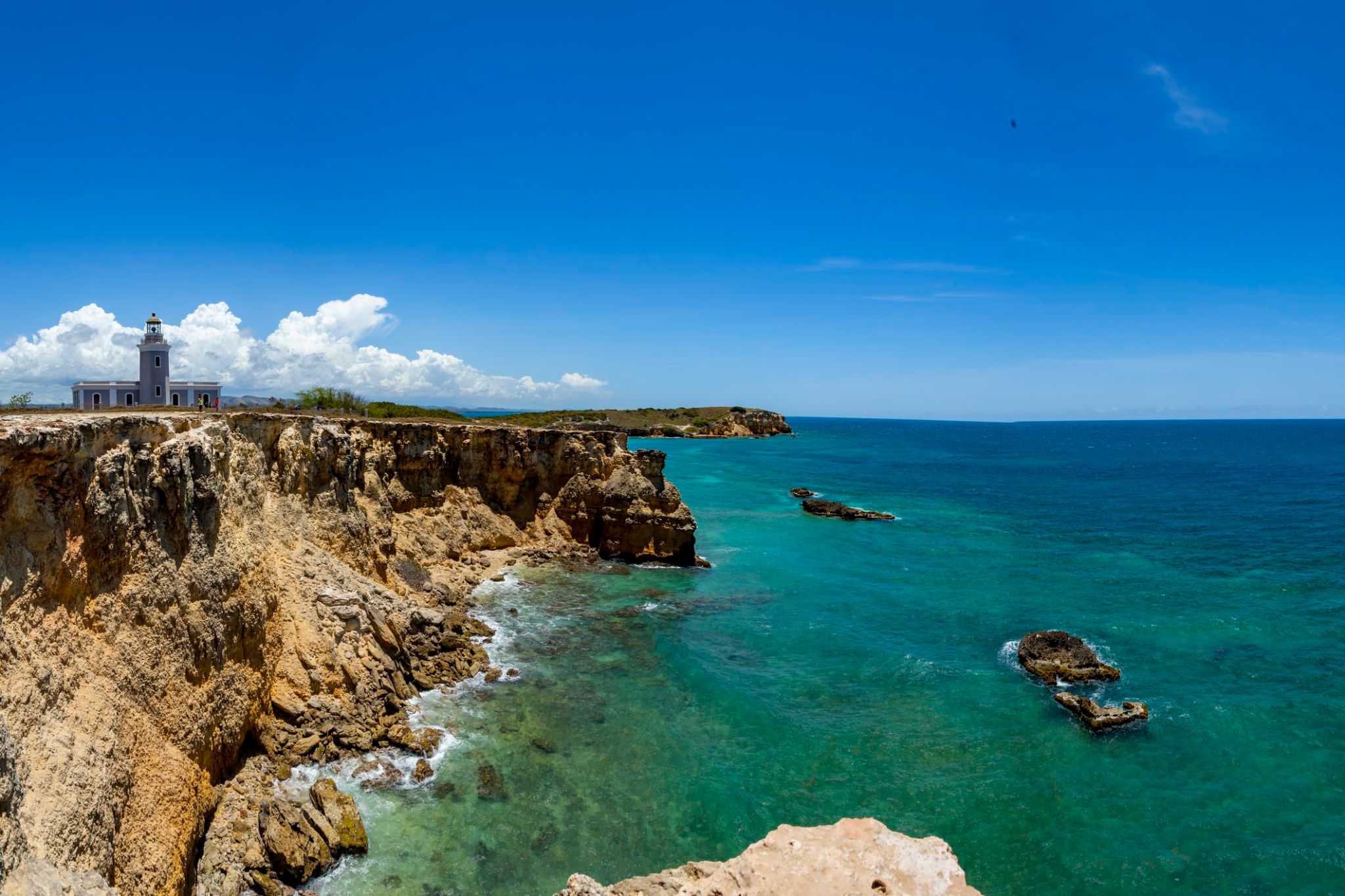 Dzień 14: 07:00-17:00
Dzień 14: 07:00-17:00Cabo Rojo / Czerwona peleryna
Odosobnione plaże, turkusowe wody i dzika przyroda sprawiają, że Cabo Rojo to jeden z najbardziej malowniczych zakątków Portoryko. Położony na południowo-zachodnim wybrzeżu wyspy region przyciąga turystów nie tylko widokami, ale i unikalnym ekosystemem – solniskami oraz nadmorskimi lasami namorzynowymi. Jedną z głównych atrakcji jest latarnia morska Cabo Rojo, z której roztaczają się zapierające dech w piersiach widoki na klify i Morze Karaibskie.
Cabo Rojo jest szczególnie ceniony przez tych, którzy szukają ciszy z dala od tłumów turystów. Można tu popływać kajakiem, wędrować dzikimi ścieżkami lub obserwować ptaki w rezerwacie przyrody. Miejscowa kuchnia, oparta na owocach morza, zachwyca świeżością, a zachód słońca na plaży Playa Sucia pozostanie romantycznym wspomnieniem na długo.
-
 Dzień 15: 07:00-16:00
Dzień 15: 07:00-16:00Portland / USA
-
 Dzień 16:
Dzień 16:Dzień na morzu / Morze
-
 Dzień 17:
Dzień 17:Dzień na morzu / Morze
-
 Dzień 18: 08:00
Dzień 18: 08:00Galveston / USA
Galveston is a coastal resort city and port off the southeast coast on Galveston Islandand Pelican Island in the American State of Texas. The community of 209.3 square miles (542 km2), with an estimated population of 50,180 in 2015, is the county seat of surrounding Galveston County and second-largest municipality in the county. It is also within the Houston–The Woodlands–Sugar Land metropolitan area at its southern end on the northwestern coast of the Gulf of Mexico.
Galveston, or Galvez' town, was named after the Spanish military and political leader in the 18th century: Bernardo de Gálvez y Madrid, Count of Gálvez (1746-1786), who was born in Macharaviaya, Málaga, in the Kingdom of Spain. Galveston's first European settlements on the Galveston Island were built around 1816 by French pirate Louis-Michel Aury to help the fledgling Republic of Mexico fight for independence from Spain, along with other colonies in the Western Hemisphere of the Americas in Central and South America in the 1810s and 1820s. The Port of Galveston was established in 1825 by the Congress of Mexico following its independence from Spain. The city was the main port for the fledging Texas Navy during the Texas Revolution of 1836, and later served temporarily as the new national capital of the now independent Republic of Texas.
During the 19th century, Galveston became a major U.S. commercial center and one of the largest ports in the United States. It was for a time, Texas' largest city, known as the "Queen City of the Gulf". It was devastated by the unexpected surprising Galveston Hurricane of 1900, whose effects included massive flooding and a storm surge which almost completely destroyed and wiped out the town. The natural disaster on the exposed barrier island is still ranked today as the deadliest in United States history, with an estimated death toll of 6,000 to 12,000 people. The city subsequently reemerged during the Prohibition era of 1919-1933 as a leading tourist hub and a center of illegal gambling nicknamed the Free State of Galveston until this era ended in the 1950s with subsequent other economic and social development.
Much of Galveston's economy is centered in the tourism, health care, shipping, and financial industries. The 84-acre (34 ha) University of Texas Medical Branch campus with an enrollment of more than 2,500 students is a major economic force of the city. Galveston is home to six historic districts containing one of the largest and historically significant collections of 19th-century buildings in the U.S., with over 60 structures listed on the National Register of Historic Places, maintained by the National Park Service in the United States Department of the Interior.

